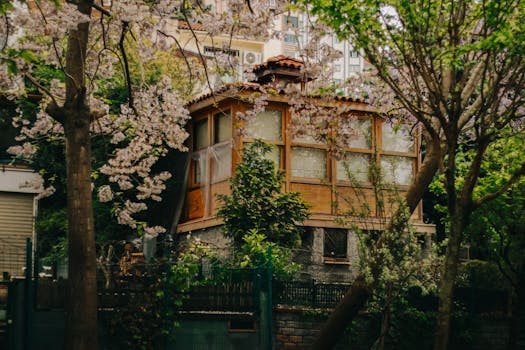
Urban Green Spaces: The Future of Outdoor Living in European Cities by 2025
Urban Green Spaces are becoming increasingly important in European cities, and for good reason. As the world becomes more urbanized, the need for green spaces has never been more pressing. Urban Green Spaces are not just a nicety, but a necessity for the health, wellbeing, and sustainability of city dwellers. In this article, we will explore the benefits of urban green spaces and how they are shaping the future of outdoor living in European cities by 2025.
Benefits of Urban Green Spaces
Urban green spaces provide numerous benefits to both the environment and the people who live in cities. Some of the most significant benefits include:
- Improved air quality: Green spaces help to absorb pollutants and particulate matter, improving the air quality in cities.
- Reduced noise pollution: Green spaces can act as a buffer against noise pollution, creating a more peaceful environment for city dwellers.
- Increased biodiversity: Urban green spaces provide a habitat for a wide range of plants and animals, increasing biodiversity in cities.
- Improved mental health: Spending time in green spaces has been shown to have a positive impact on mental health, reducing stress and anxiety.
- Increased physical activity: Green spaces provide opportunities for physical activity, such as walking, cycling, and sports, which can help to reduce the risk of chronic diseases.
European Cities Leading the Way
Many European cities are leading the way in terms of urban green spaces. Cities such as Copenhagen, Stockholm, and Amsterdam have made significant investments in green infrastructure, creating parks, gardens, and green roofs that provide numerous benefits to residents. These cities are not only improving the quality of life for their residents but also setting an example for other cities to follow.
The Future of Outdoor Living
As we look to the future, it is clear that urban green spaces will play an increasingly important role in shaping the way we live in cities. By 2025, we can expect to see even more innovative and sustainable green spaces being created in European cities. Some of the trends that are likely to shape the future of outdoor living include:
- Increased use of green roofs and walls: Green roofs and walls are becoming increasingly popular in cities, providing insulation, reducing energy consumption, and creating habitats for wildlife.
- More emphasis on community engagement: Urban green spaces are not just about providing a green oasis, but also about creating communities and fostering social connections.
- Integration with technology: Urban green spaces are likely to become more integrated with technology, with features such as smart benches, Wi-Fi enabled parks, and mobile apps that help people navigate and engage with green spaces.




